Curious Questions: Why do we give rosettes to winners?
Whether pinned on a politician’s lapel or won in the show ring, rosettes can be more precious than shiny trophies, as Julie Harding finds out.
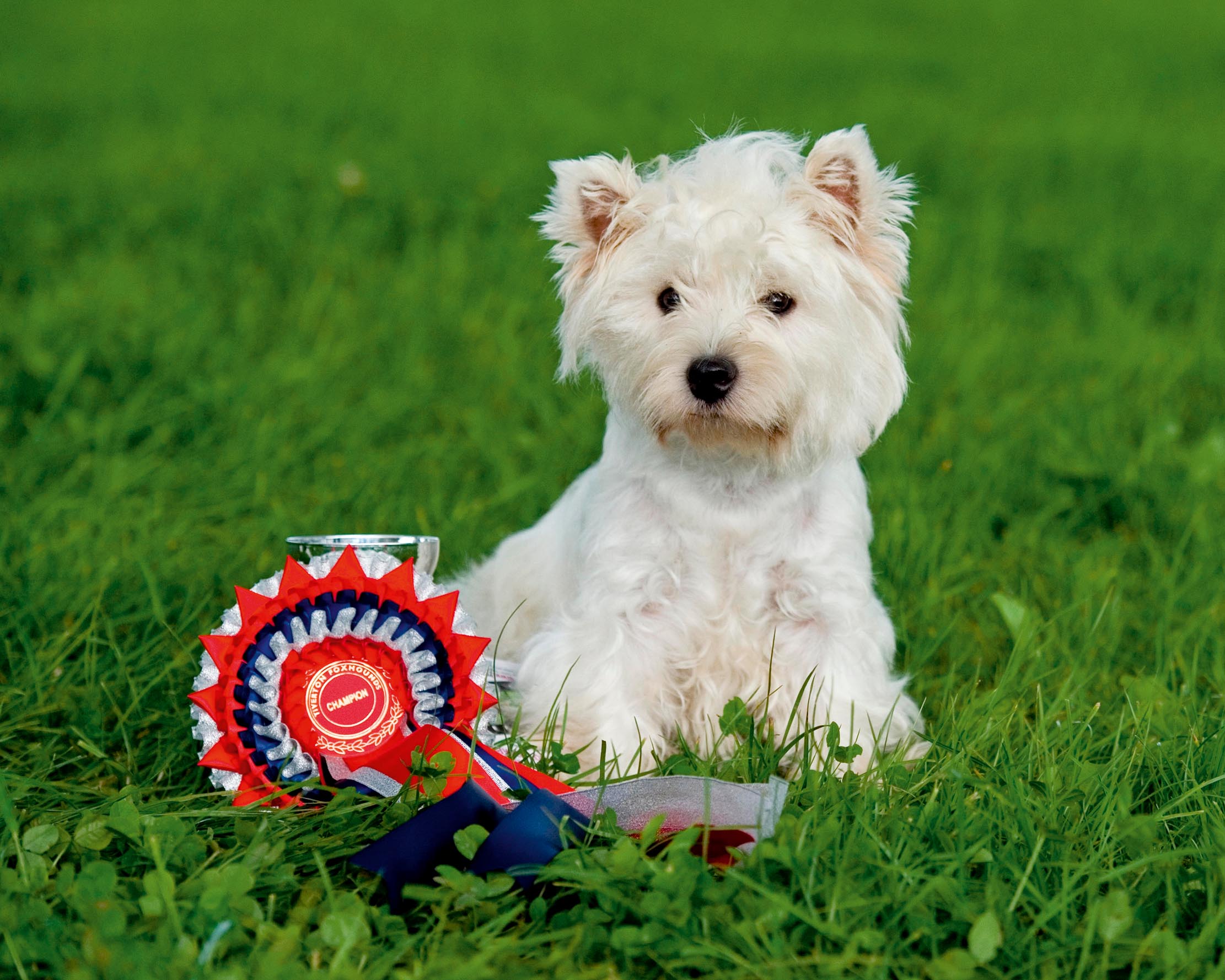

Ribbon the colour of sunbeams is pleated and stitched so that it circles a core made of card, this flower-shaped head complemented with a couple of lengthy matching-tint tails. Rosettes are offered as rewards, for a sparkling competitive performance or to mark the completion of an event and, increasingly, they are given as mementos of a meaningful day (nuptials or big birthdays).
For decades, they’ve also been the badges of political candidates, a crystal-clear denotation of party allegiance, sometimes with a touch of fun and frivolity thrown in: the smile-inducing leviathans of the Monster Raving Loony Party are ridiculously oversized for a reason.
Rosettes: From ancient Greeks to colour TV
- The rosette as a stylised flower design (minus the tails) dates back centuries. The ancient Greeks used it on funeral stelae and it was also employed in Romanesque and Renaissance architectural styles
- Today’s rosettes were preceded by cockades, knots made of ribbon, which, in the 18th and 19th centuries, were used to identify rank, political allegiance or a nation’s army
- The blue, red and yellow of the main political parties’ rosettes was standardised as recently as the 1970s, mainly due to the advent of colour television. Before then, local tradition often dictated the hue
- The Pony Club has long awarded blue rosettes for victory, red for second place and green for third — although it’s not known why or when red became the favoured colour for first prize in other competitions
- The AA picked rosettes as a means of grading the quality of food served by restaurants and hotels. Introduced in 1956, the three-tier scheme became five-tiered in 1992
Liberal Democrat Sarah Green wore the classic yellow rosette during the count and result of the Chesham and Amersham by-election in June, when she trounced the Tory candidate in an historic constituency first for her party. ‘I’m proud to wear [my rosette], but I don’t do so lightly. Our roots as a party go back a long way, so I feel a real sense of responsibility when I have a rosette on,’ she explains, ‘although I didn’t wear one when campaigning because I felt a bit too much like a prize pony! However, there is a theatre and history to election counts and I felt that it was important to wear a rosette in my party’s colour there.’
Although it doesn’t have exclusivity to supply political parties, Rosettes Direct, unofficially Britain’s largest rosette manufacturer, produces in the region of 30,000 for the Liberal Democrats, in excess of 25,000 for the Labour Party and 40,000 for the Tories during election campaigns.
"The look on the children’s faces when they receive one is of pure happiness"
‘I recognise a number of our rosettes in the media,’ admits managing director David Wallace, who won’t be drawn on precisely who he has seen sporting the company’s creations, nor the exact tints used. ‘Those pantones are like a secret ingredient.’
Ribboned accolades from the Lancashire-based company are also collected at events across Britain by leaderboard toppers, from showjumpers to showing supremos, including at the Royal Bath & West Show. Slightly out of step with the conventional colours of red for a win, blue for second and yellow for third, this major West Country fixture hands victors blue rosettes (as happens on the other side of the pond). A few years ago, this prompted a kerfuffle, with a judge refusing to award the cobalt frills, claiming simply that they were ‘wrong’.
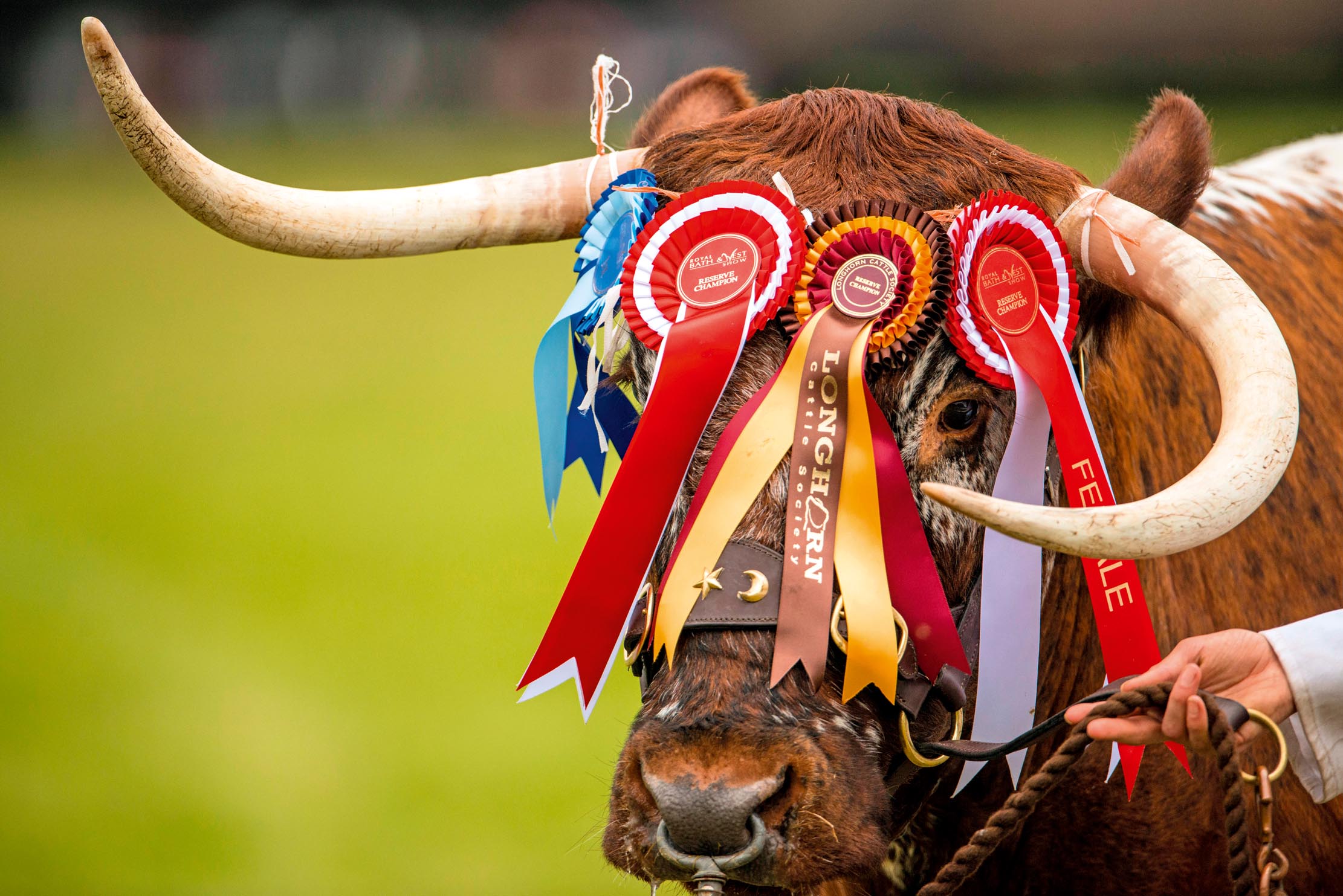
‘This prompted me to look into the history of our blue winners’ rosettes,’ says Alan Lyons, head of shows. ‘I wrote to a lot of other organisers. Someone told me it goes back to the Napoleonic wars, with blue rosettes on a tunic denoting higher rank, and some said that other West Country shows award blue rosettes only because the Bath & West does!’
Sign up for the Country Life Newsletter
Exquisite houses, the beauty of Nature, and how to get the most from your life, straight to your inbox.
One of Britain’s biggest fixtures, the Great Yorkshire Show, may place a sizeable annual order of 5,000 with Rosettes Direct, but quality is always to the fore, too. ‘We insist on traditional faille cord ribbon,’ states PR manager Jo Francisco. ‘Faille is one of the more substantial silk fabrics, making it a popular choice for tailored clothing or high-quality items.’
"The total spend turned out to be £800; I won 29 rosettes, so each one cost me £27."
For competitors, who are likely blissfully unaware of how their rosettes are produced or what they are made from, a glance at a fancy frill long after the event can still spark a memory of a glorious moment in the ring.
Echoing many a dusty tack room, Yorkshire-based Mandy Garbutt, who exhibits Gloucestershire Old Spot pigs, has a gigantic ‘rosette wall’ in her farm office, where she displays some 150 frilled keepsakes partly for this purpose, but also to impress prospective pig purchasers. A particular favourite boasts purple, pink and gold ribbons, the reward when Burfords Dolly clinched the pig supreme championship at the Egton Show.
‘I often find that smaller shows give better rosettes, perhaps to make up for offering less prize money,’ muses Mrs Garbutt, who, in 2013, totted up how much each rosette has cost her, taking into account entry fees, diesel and overnight stays. ‘The total spend turned out to be £800; I won 29 rosettes, so each one cost me £27.’
Adults love rosettes, yet they can hold extra significance for the younger generation. I was 15 when I won my first, for jumping a clear round aboard a Suffolk Punch mare called Skylark. The electric moment when the official walked forward to hand me my lilac ribbons remains ingrained in my consciousness to this day and that precious piece of frippery, now faded, is safely stored in a box in my attic.
The 15 teenage members of the Shetland Performance Display Team have myriad rosettes in their collections, their regular rewards after they have raced their way around arenas at shows. ‘Everyone is equal and everyone receives the same rosette,’ points out team manager Isabella Bride. ‘The look on the children’s faces when they receive one is of pure happiness. However, the rosettes don’t only stand for their great riding, but also their amazing efforts to raise money for Bristol Children’s Hospital.’
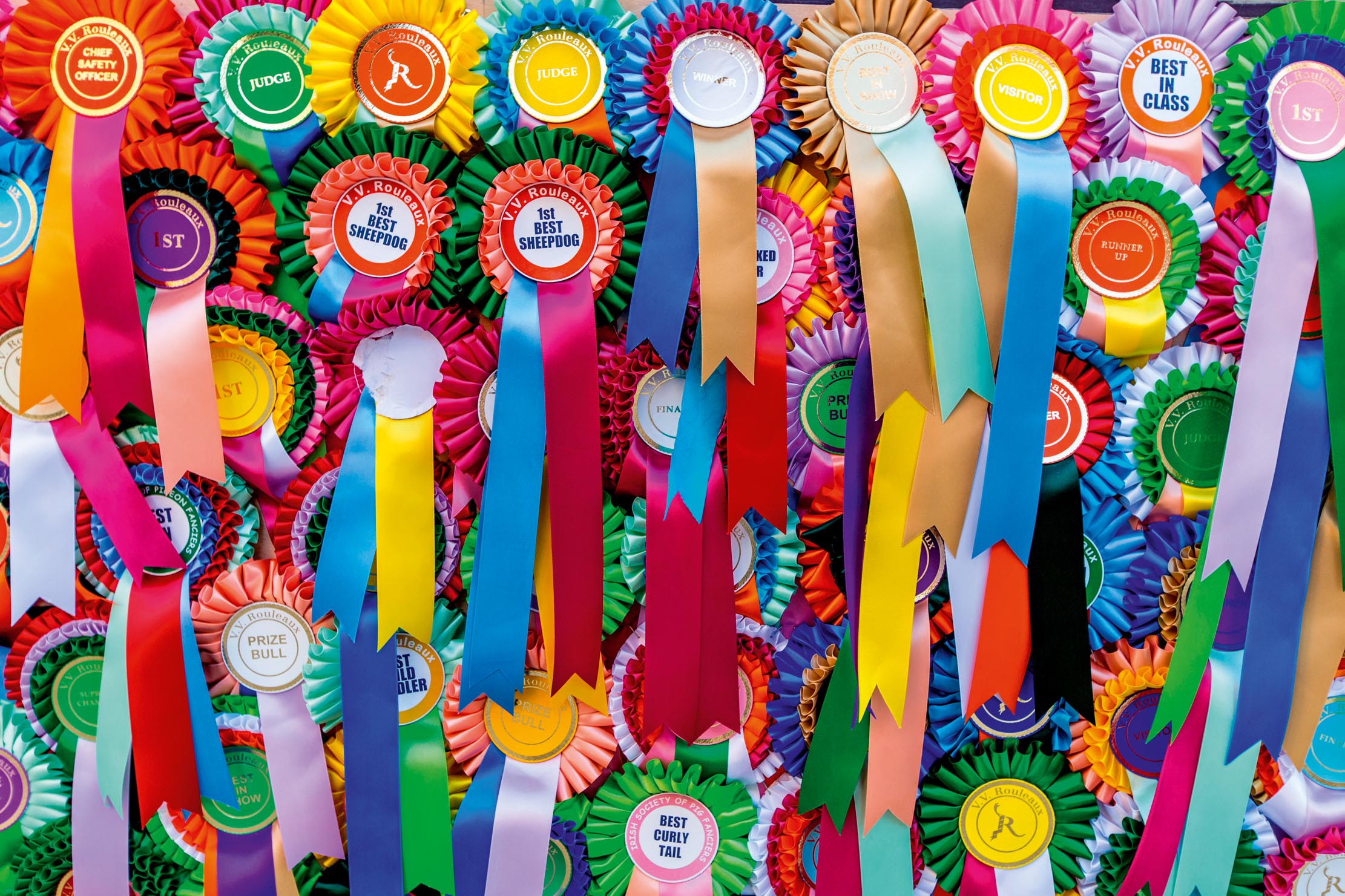
Amelia Tatum, 15, has enjoyed multiple successes at Crufts, including four wins in the BASC Best Young Handler under-14 class. ‘Her absolute favourite rosette is from her win in the [2017] Young Kennel Club finals at Crufts with the Bracco Italiano Bonario Burlesque,’ says her mother, Claire. ‘The rosette is three tiered in red and green, with the all-important “Crufts” written along the tail. It means more to her than the glass trophy she won. It represents working her way up the ranks from the age of six as an absolute beginner to being recognised as one of the top handlers in her age category in the country. It means that all the hard work, early mornings and travelling all over the country had been worth it.’
In a small industrial unit in Castle Cary, Somerset, a sewing machine whirrs as Stella Middleton attaches already pleated green ribbon to the outer perimeter of a cardboard disc. One perfect circle completed, she attaches a second, slightly smaller, inner tier of white. Alison Allen, the owner of Rosettes Unlimited and Mrs Middleton’s boss, takes these heads to her bench, where she glues on the backs and the forward-facing centres.
The latter she had printed earlier, on her aged Blockmaster hot-foil machine, slotting the metal letters individually into a groove, in this instance spelling out Canine Hoopers UK (which offers low-impact sport for dogs), before she heated the machine to 150˚C and then manually pulled the lever multiple times, each tug bringing the gold foil and the card head into contact for that gilt print. Next, she snipped a lengthy roll of ribbon with giant scissors, creating the tails that she glued to the original cardboard disc, before attaching that green printed centre. Two hundred have been ordered, which will take the duo one and a half days to complete.
‘A lady once rang me and said she imagined we put all the materials into a machine and they came out the other end as finished rosettes. People simply aren’t aware of how labour intensive the manufacturing process is,’ laughs Mrs Allen, who supplies clients as diverse as Pony Club branches and the Royal Windsor Ride to morris dancers and the merchandiser for Chelsea Football Club. ‘When I took on the business, I’d never even used a sewing machine.’
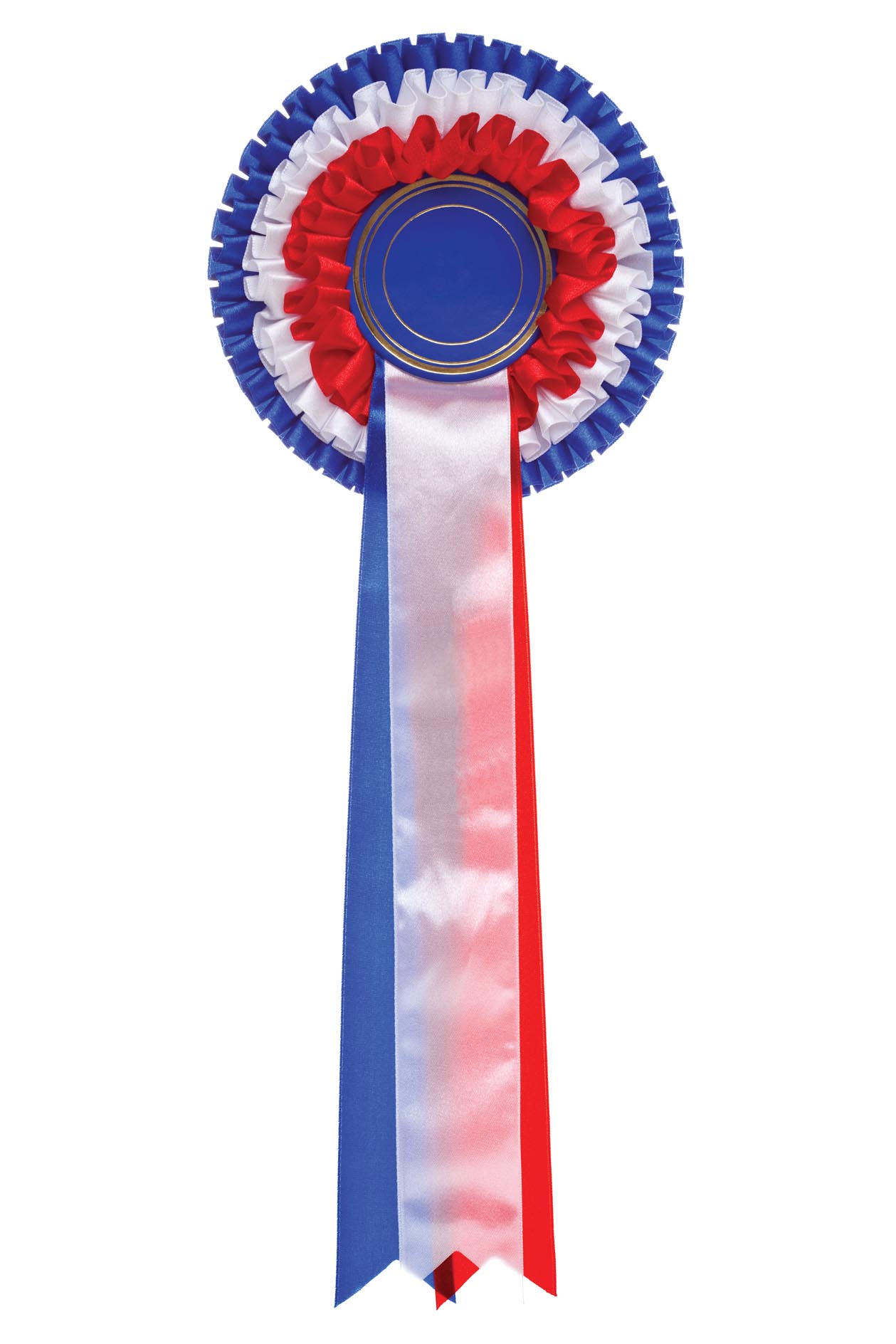
Now, Mrs Allen is a master at making knife (‘flatter’), box (‘fluffy’) and ruffle (‘more like an Elizabethan collar’) pleats, knows the difference between ‘lipstick’ and ‘melba’ when it comes to the woven-edge, single-face ribbon colours that she uses from British company Cole Fabrics and is obviously a stickler for spelling. ‘I once made a mistake on rosettes for the Wiveliscombe and District Canine Society,’ she confesses. ‘Luckily, I spotted it before I’d made too many!’
Multi-medalled Paralympian Sir Lee Pearson admits that it’s the gold medal rather than the elaborate ribbons he seeks to secure at major championships, although he does love to see the bridle of a well-behaved horse festooned with a few frills during the pomp of prizegivings.
His most treasured rosette is the black and green one collected at the 2000 Sydney Paralympic Games, his first Paralympic victory. ‘Like all my championship rosettes, it’s now in a 3ft by 2ft, gold-edged frame,’ he says. However, one that means almost as much is a far less flamboyant model, collected when he was 15 aboard a mare called Tacky. ‘I’d lost my confidence, then Tacky came along and, together in a local able-bodied dressage class, we finished in the frame. That rosette literally changed my life.’
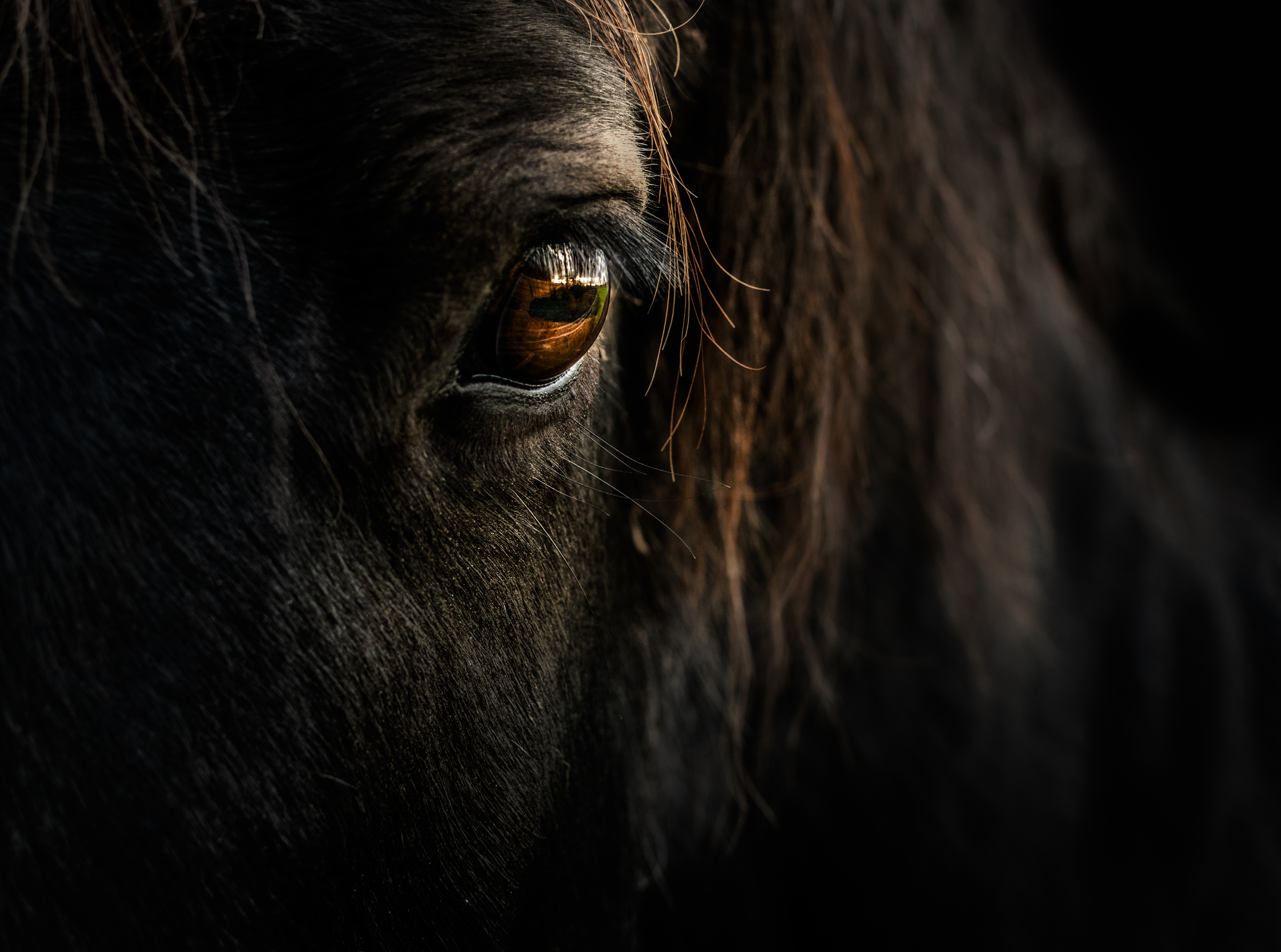
Credit: Getty
Curious Questions: Can horses really heal humans?
The claims made for how horses help humans get over all manner of trauma stretch back to ancient times. Pippa
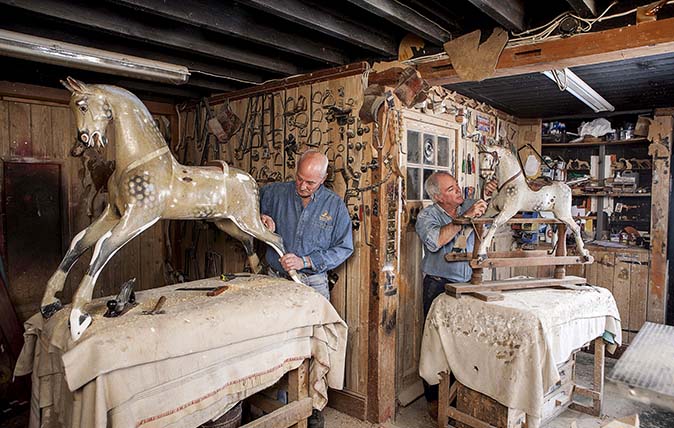
Credit: ©Richard Cannon/Country Life Picture Library
The Queen's rocking-horse maker: ‘Many clients commission replicas of favourite horses’
Tessa Waugh meets Marc Stevenson of Stevenson Brothers rocking horses.
Country Life is unlike any other magazine: the only glossy weekly on the newsstand and the only magazine that has been guest-edited by HRH The King not once, but twice. It is a celebration of modern rural life and all its diverse joys and pleasures — that was first published in Queen Victoria's Diamond Jubilee year. Our eclectic mixture of witty and informative content — from the most up-to-date property news and commentary and a coveted glimpse inside some of the UK's best houses and gardens, to gardening, the arts and interior design, written by experts in their field — still cannot be found in print or online, anywhere else.
-
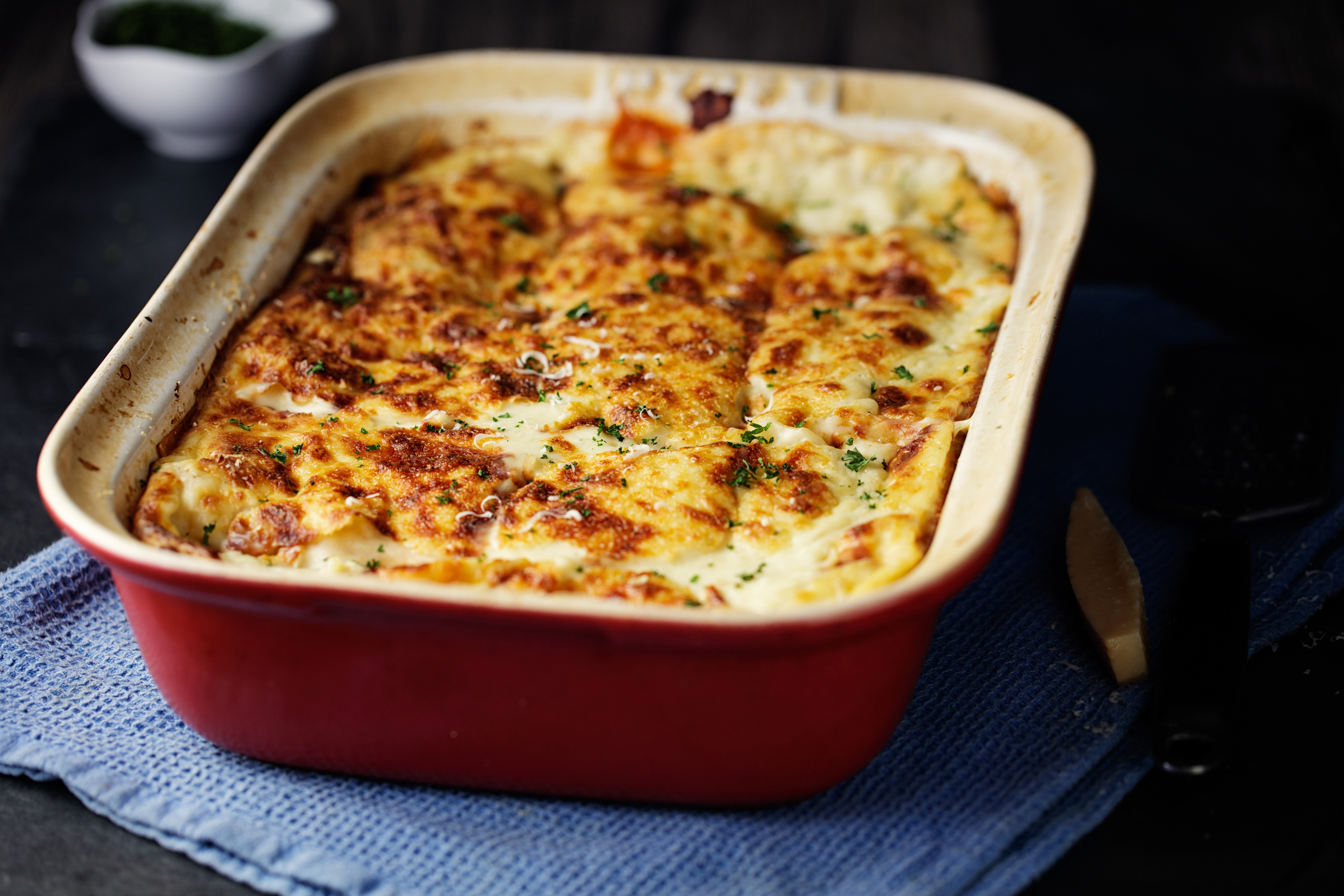 'Monolithic, multi-layered and quite, quite magnificent. This was love at first bite': Tom Parker Bowles on his lifelong love affair with lasagne
'Monolithic, multi-layered and quite, quite magnificent. This was love at first bite': Tom Parker Bowles on his lifelong love affair with lasagneAn upwardly mobile spaghetti Bolognese, lasagne al forno, with oozing béchamel and layered meaty magnificence, is a bona fide comfort classic, declares Tom Parker Bowles.
By Tom Parker Bowles
-
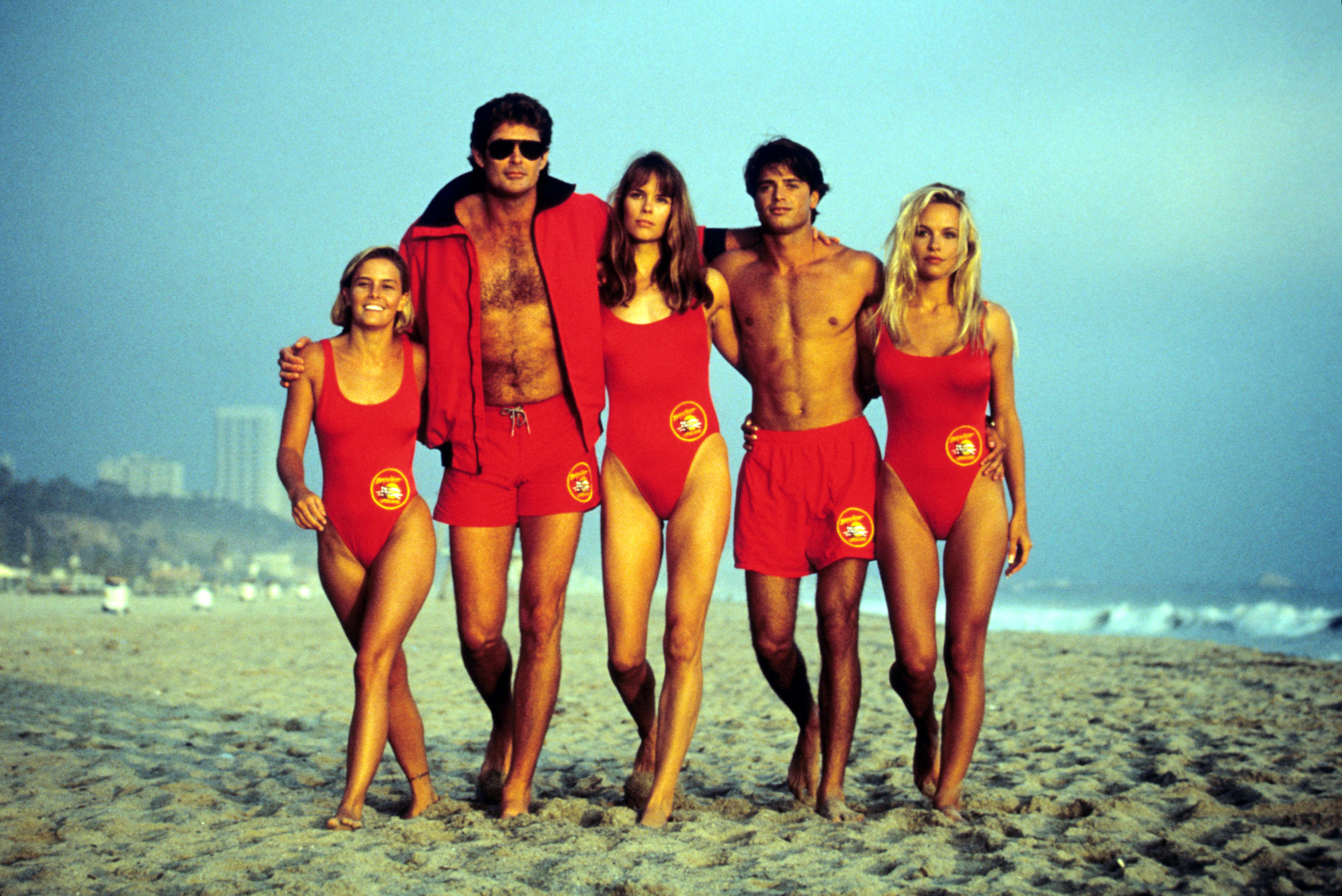 Country houses, cream teas and Baywatch: Country Life Quiz of the Day, April 24, 2025
Country houses, cream teas and Baywatch: Country Life Quiz of the Day, April 24, 2025Thursday's Quiz of the Day asks exactly how popular Baywatch became.
By Toby Keel
-
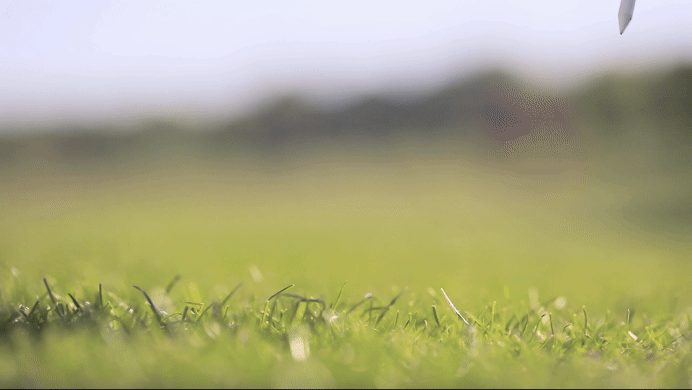 Curious Questions: Why do golf balls have dimples? And why are tennis balls furry?
Curious Questions: Why do golf balls have dimples? And why are tennis balls furry?As the weather picks up, millions of us start thinking about dusting off our golf clubs and tennis rackets. And as he did so, Martin Fone got thinking: why aren't the balls we use for tennis and golf perfectly smooth?
By Martin Fone
-
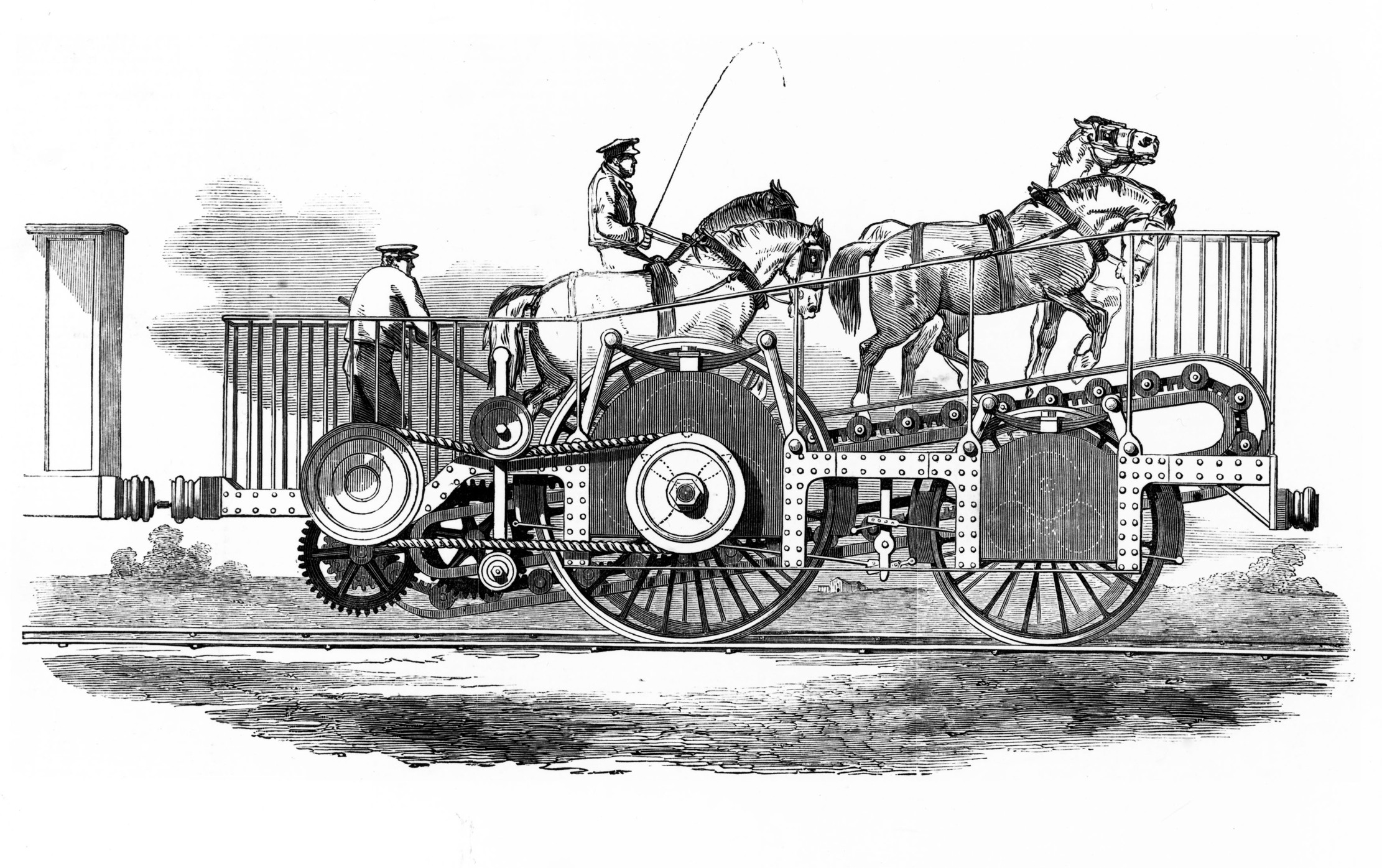 Curious questions: How a horse on a treadmill almost defeated a steam locomotive
Curious questions: How a horse on a treadmill almost defeated a steam locomotiveThe wonderful tale of Thomas Brandreth's Cycloped and the first steam-powered railway.
By Martin Fone
-
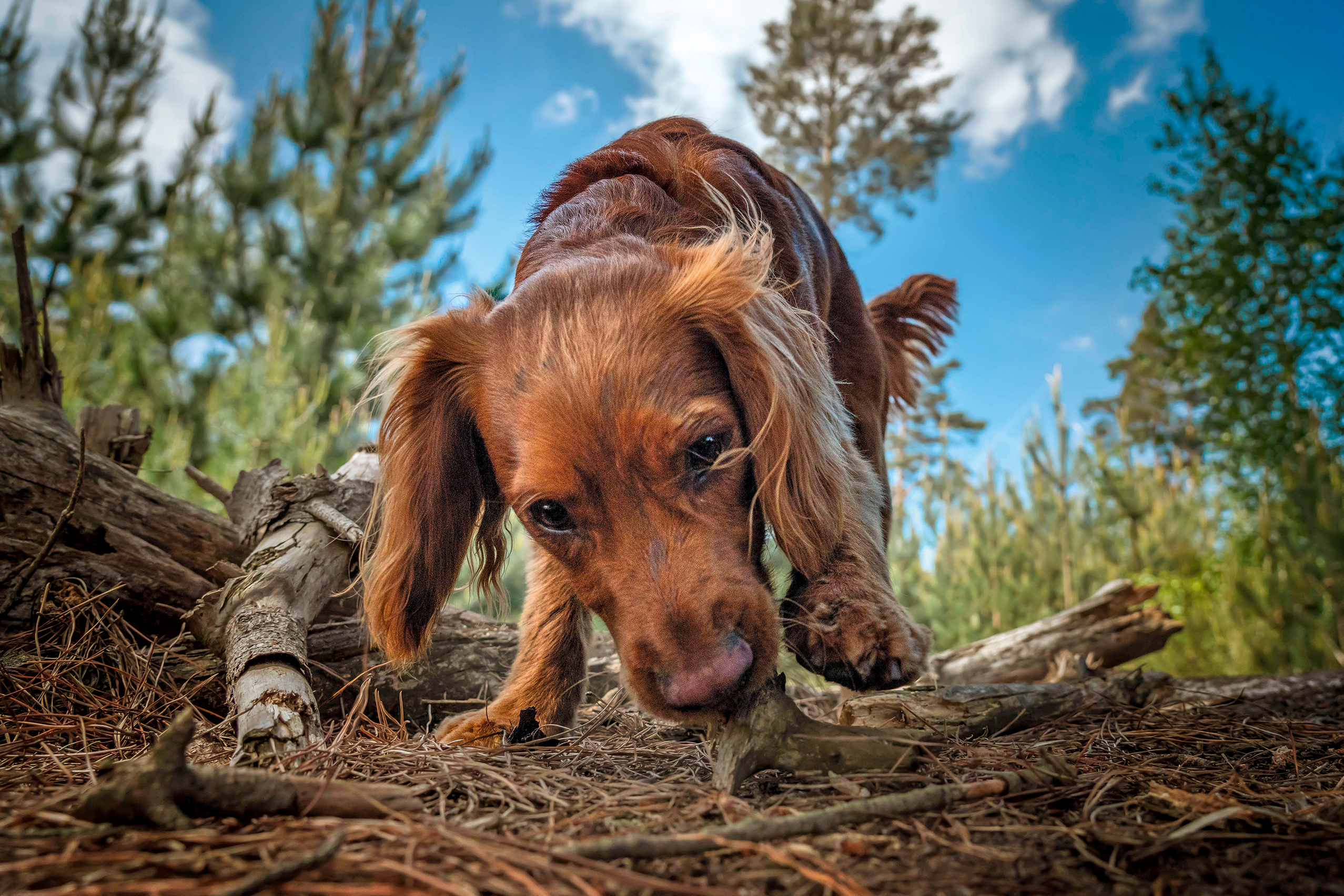 You've got peemail: Why dogs sniff each other's urine
You've got peemail: Why dogs sniff each other's urineEver wondered why your dog is so fond of sniffing another’s pee? 'The urine is the carrier service, the equivalent of Outlook or Gmail,' explains Laura Parker.
By Laura Parker
-
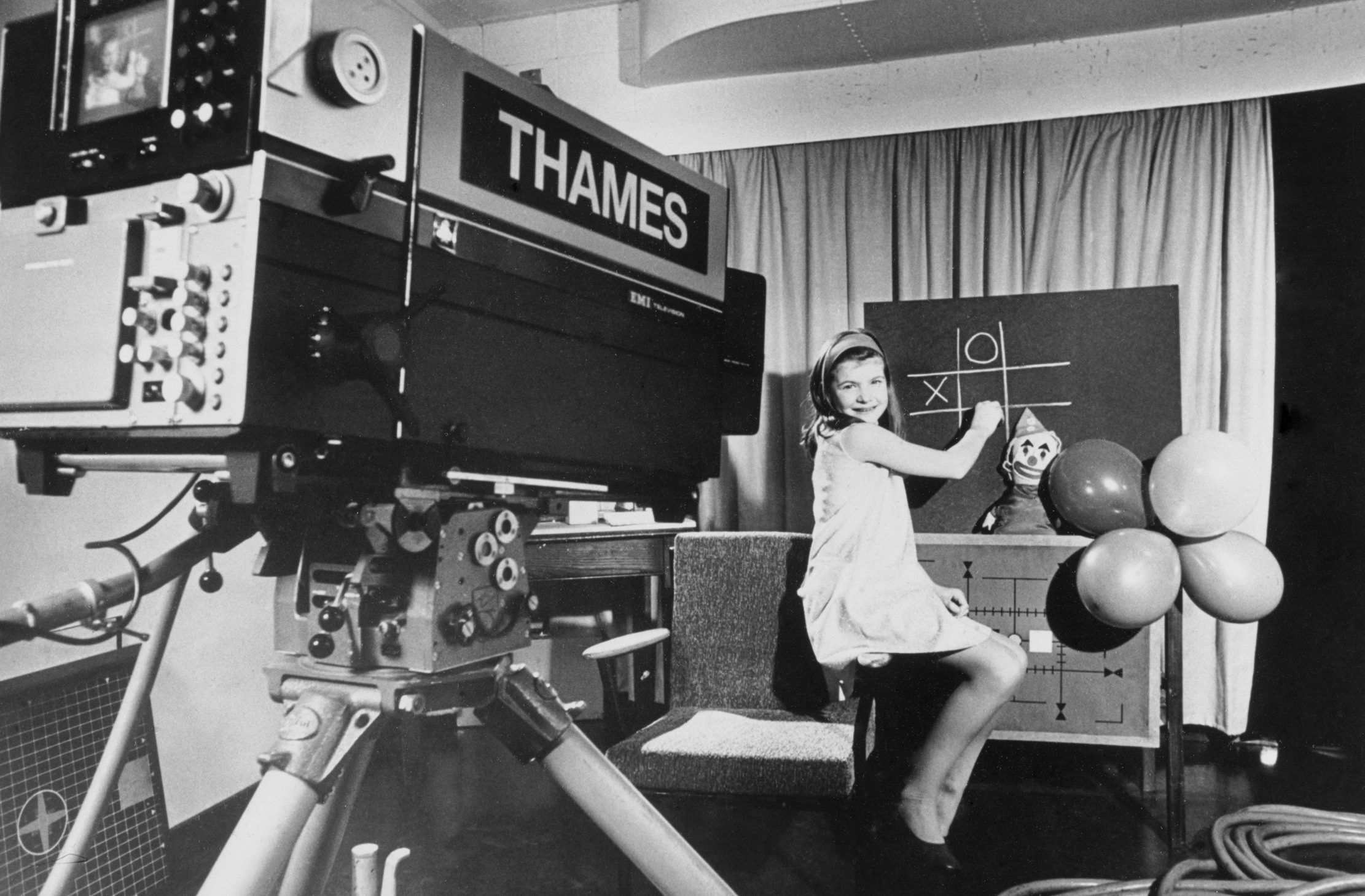 Curious Questions: Which person has spent the most time on TV?
Curious Questions: Which person has spent the most time on TV?Is it Elvis? Is it Queen Elizabeth II? Is it Gary Lineker? No, it's an eight-year-old girl called Carole and a terrifying clown. Here is the history of the BBC's Test Card F.
By Rob Crossan
-
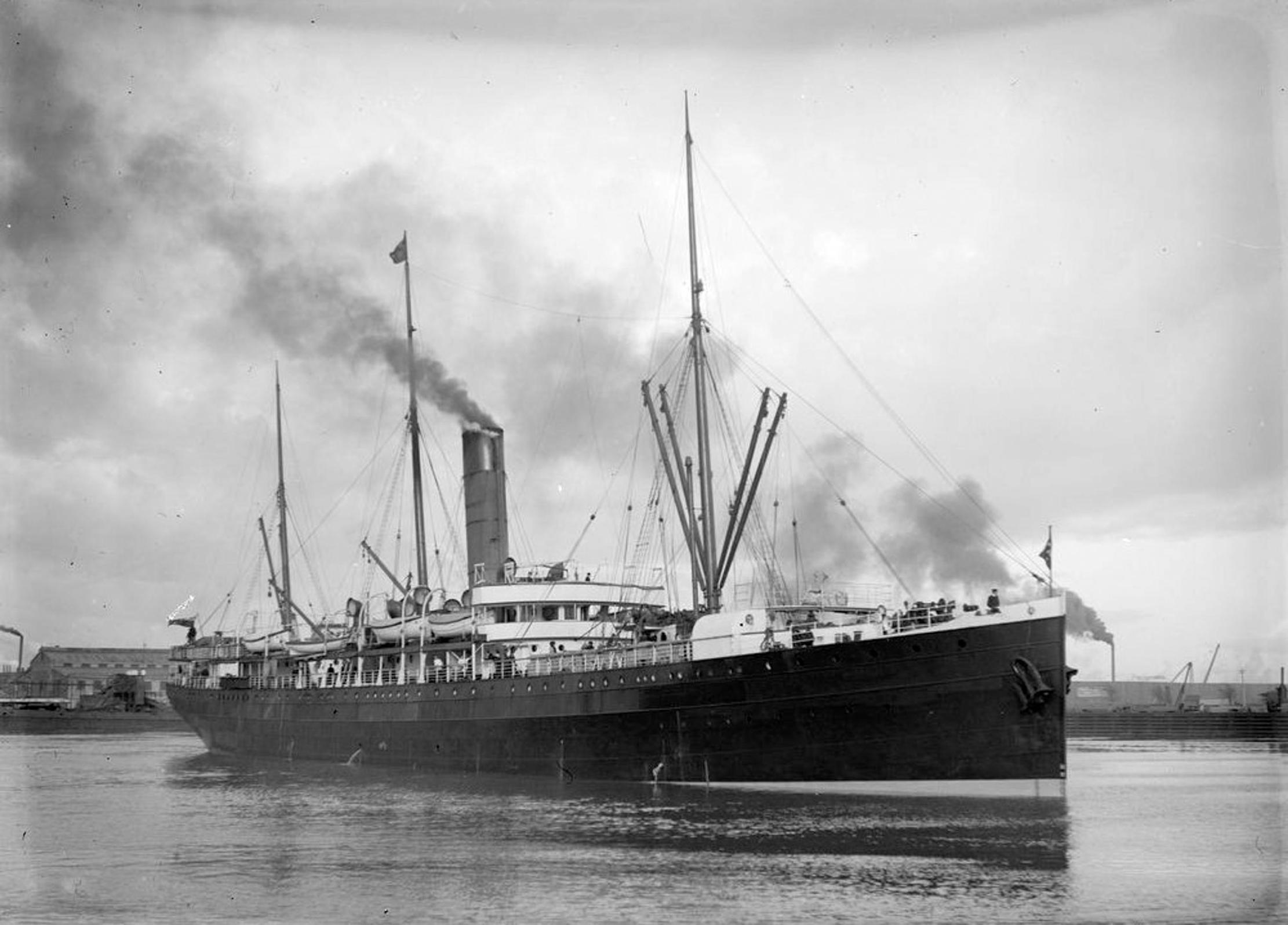 The ship that was in two different centuries, two different years, two different months, two different days and two different seasons, all at the same time
The ship that was in two different centuries, two different years, two different months, two different days and two different seasons, all at the same timeOn December 31, 1899, the SS Warrimoo may have travelled through time — but did it really happen?
By Martin Fone
-
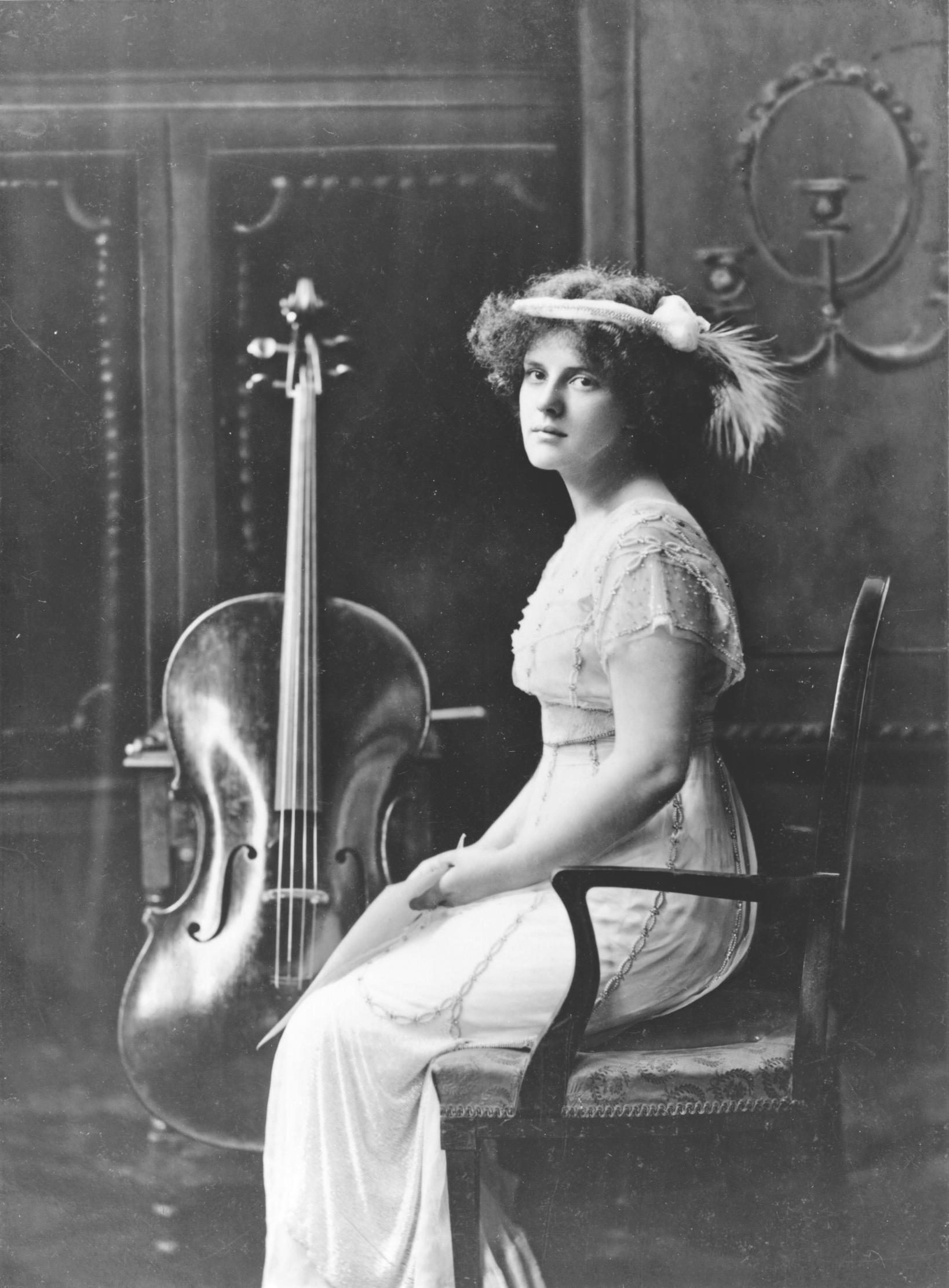 Curious Questions: Was music's famous 'Lady of the Nightingales' nothing more than a hoaxer?
Curious Questions: Was music's famous 'Lady of the Nightingales' nothing more than a hoaxer?Beatrice Harrison, aka ‘The Lady of the Nightingales’, charmed King and country with her garden duets alongside the nightingales singing in a Surrey garden. One hundred years later, Julian Lloyd Webber examines whether her performances were fact or fiction.
By Julian Lloyd Webber
-
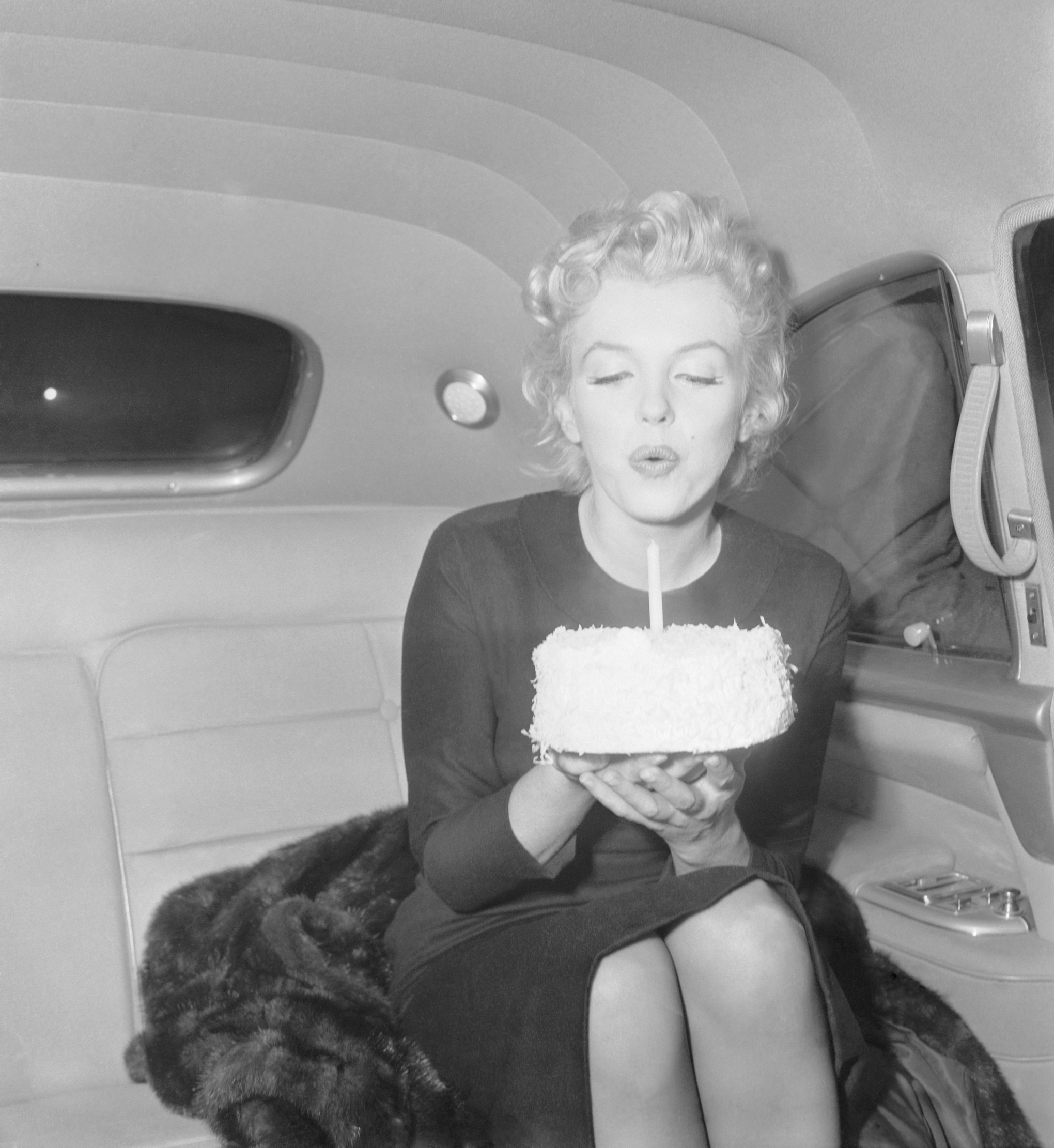 Curious Questions: Who wrote the Happy Birthday song?
Curious Questions: Who wrote the Happy Birthday song?There are few things less pleasurable than a tuneless public rendition of Happy Birthday To You, says Rob Crossan, a century after the little ditty came into being
By Rob Crossan
-
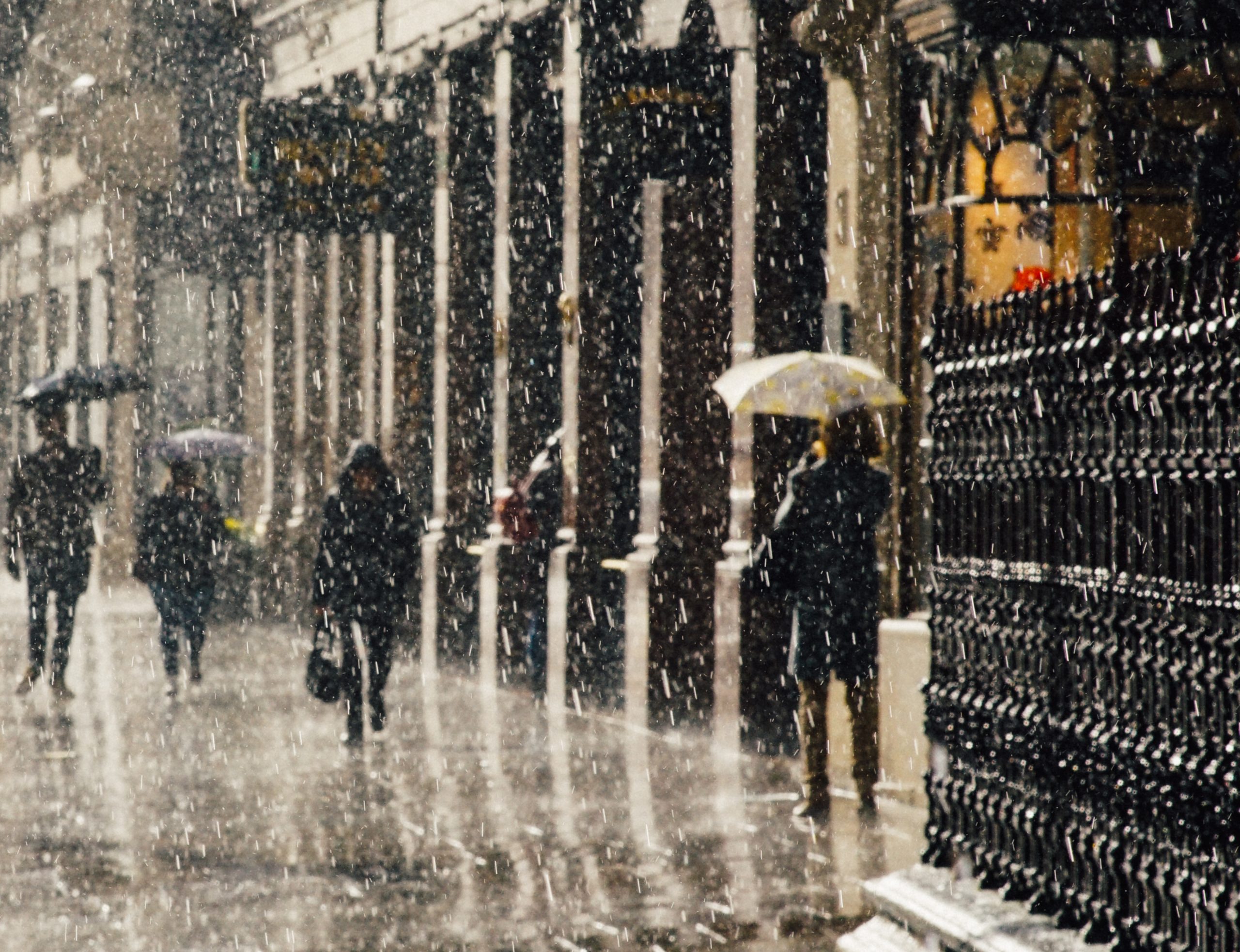 Why do we get so many April showers?
Why do we get so many April showers?It's the time of year when a torrential downpour can come and go in minutes — or drench one side of the street while leaving the other side dry. It's all to the good for growing, says Lia Leendertz as she takes a look at the weather of April.
By Lia Leendertz